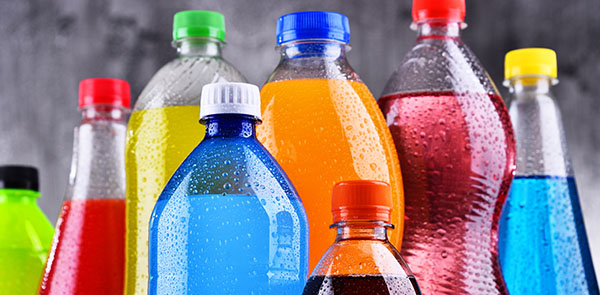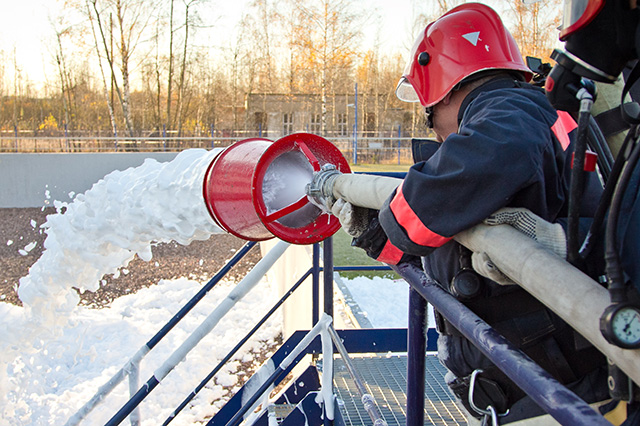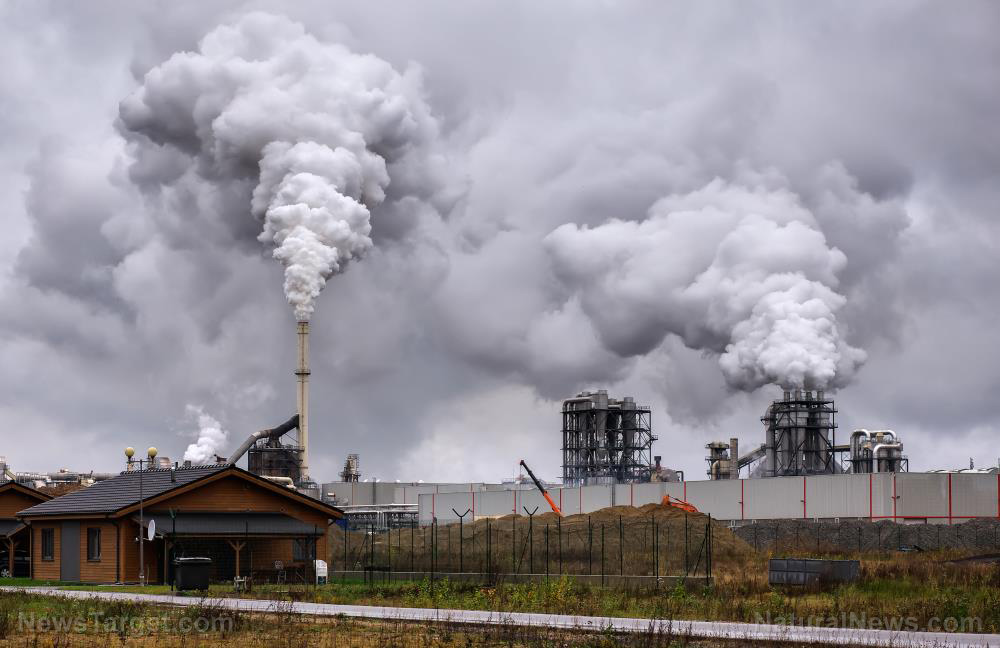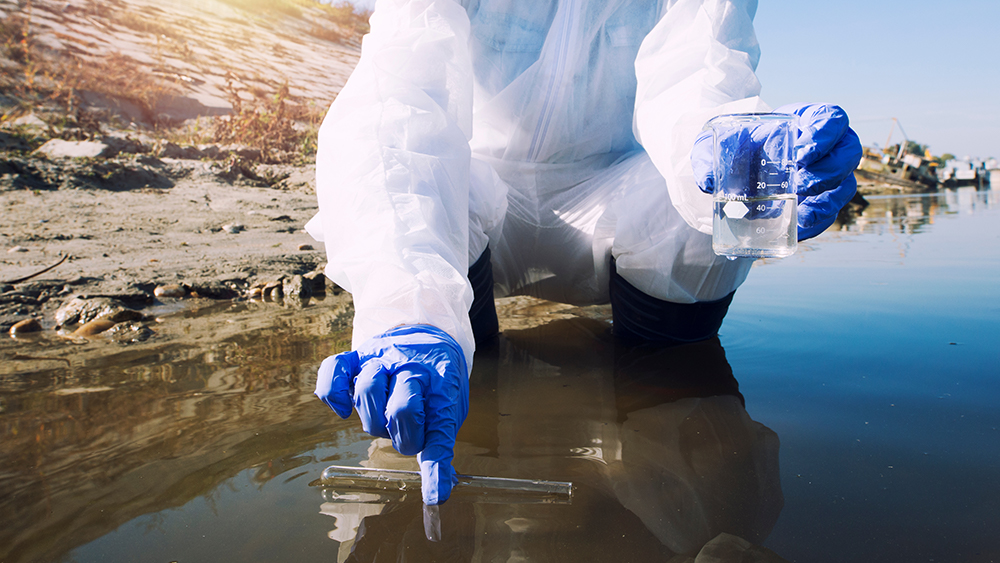Nuclear legacy cleanup breakthrough: How a Cold War-era mess could fuel America’s energy future
11/03/2025 / By Ramon Tomey
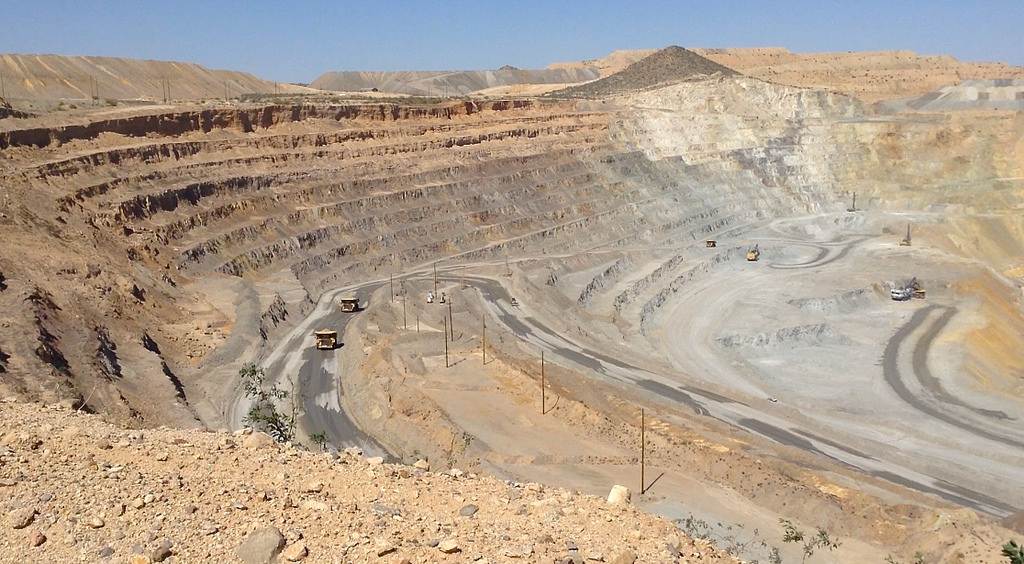
- Thousands of abandoned uranium mines across the West – many on Navajo lands – have left behind radioactive waste, contaminating air, water and soil for millennia, with severe health risks for Indigenous communities.
- The NRC approved DISA Technologies’ High-Pressure Slurry Ablation (HPSA) process – the first federal license allowing uranium waste remediation and recycling – offering a scalable solution to reduce hazardous material volume.
- Recovered uranium could help reduce U.S. reliance on Russian imports (currently 25 percent of nuclear fuel), unlocking hundreds of millions of pounds trapped in waste piles while addressing a critical supply chain vulnerability.
- The Navajo Nation and federal agencies endorsed the expedited (six-month) approval, calling for nearby waste repositories to ensure feasible cleanup. Wyoming Sen. Lummis praised the balance of safety and efficiency.
- The initiative represents a reckoning with Cold War environmental exploitation, offering a path to heal tribal lands while turning a toxic legacy into a strategic energy resource – if execution matches promises.
For decades, the toxic remnants of America’s Cold War uranium rush have poisoned tribal lands and Western states, left behind by a mining boom that prioritized national security over environmental and human health. Now, a groundbreaking federal license issued to Wyoming-based DISA Technologies could finally begin reversing that damage – while reclaiming uranium to bolster domestic nuclear energy independence.
On Sept. 30, the Nuclear Regulatory Commission (NRC) approved DISA’s High-Pressure Slurry Ablation (HPSA) technology, marking the first-ever federal authorization to remediate abandoned uranium mine waste while recycling the recovered uranium. The move comes as the U.S. seeks to reduce reliance on Russian uranium imports, which currently supply a quarter of the fuel for America’s nuclear reactors.
The urgency to address this legacy contamination is undeniable. The federal Environmental Protection Agency (EPA) estimates there are 15,000 abandoned uranium mine waste sites across the West, with hundreds located on or near Navajo Nation territory. Between 1944 and 1986, nearly four million tons of uranium were extracted from Navajo lands, often by Indigenous workers unaware of the radiation risks.
“Uranium mining poses severe long-term environmental and health risks due to the highly radioactive tailings left behind, which can contaminate air, water and soil for up to 80,000 years,” BrightU.AI‘s Enoch engine points out. “The dispersal of these toxic materials – through wind, rain and groundwater – threatens surrounding ecosystems and communities, making cleanup efforts both urgent and extraordinarily difficult.”
Decades later, radioactive dust and leaching contaminants continue to threaten groundwater and public health. “For our abandoned uranium mine treatment, we’re going to be building 50- and 110-ton-per-hour units,” DISA CEO Greyson Buckingham told Mining.com. “On average, the sites we’re looking at are around 30,000 tons of material.”
From Cold War hazard to clean energy solution
The HPSA process mechanically separates uranium from waste rock, allowing the valuable mineral to be recycled while drastically reducing the volume of hazardous material requiring disposal. Unlike previous options – such as costly off-site hauling or unsafe on-site burial – this method offers a scalable solution endorsed by tribal leaders and federal regulators alike.
“The Navajo Nation is proud to help with this critical breakthrough,” said Buu Nygren, president of the Navajo Nation. “By combining innovative technology with regulatory leadership, we have a new path to remediate legacy uranium sites.”
The NRC’s expedited six-month approval – far quicker than the typical 18 to 24 months – reflects bipartisan and cross-agency support. Sen. Cynthia Lummis (R-WY) praised the decision, calling it a model for “prioritizing both safety and efficiency.”
Meanwhile, Stephen Etsitty of the Navajo Nation EPA – who has spent decades advocating for cleanup – emphasized the need for a dedicated low-level waste repository nearby to ensure economically feasible transport. “Our communities want this waste material removed,” he reiterated.
This initiative arrives amid renewed calls for a “Project Manhattan 2.0” to secure America’s uranium supply chain. The U.S. currently produces less than 700,000 pounds of uranium annually while importing 50 million pounds – a vulnerability Energy Secretary Chris Wright recently highlighted as unsustainable. DISA’s license could unlock hundreds of millions of pounds of uranium trapped in legacy waste piles, turning an environmental hazard into a strategic resource.
The long-overdue cleanup represents more than just technical progress; it’s a reckoning with the human and ecological costs of Cold War militarization. For the Navajo Nation, it’s a chance to heal lands scarred by exploitation. For the U.S., it’s an opportunity to reclaim energy independence while finally addressing a radioactive inheritance left untended for generations.
As Buckingham noted, “Today, we have a clear, regulated pathway to do it faster, safer and at lower cost while recycling valuable resources that support our nation’s energy future.” The real test now lies in execution – ensuring promises made translate into toxins removed and justice delivered.
Watch Eagle Energy Metals CEO Mark Mukhija revealing that the U.S. uses 50 million pounds of uranium for nuclear energy, while producing a measly 677,000 pounds for 2024.
This video is from the TrendingNews channel on Brighteon.com.
Sources include:
NRC.gov [PDF]
Submit a correction >>
Tagged Under:
This article may contain statements that reflect the opinion of the author


